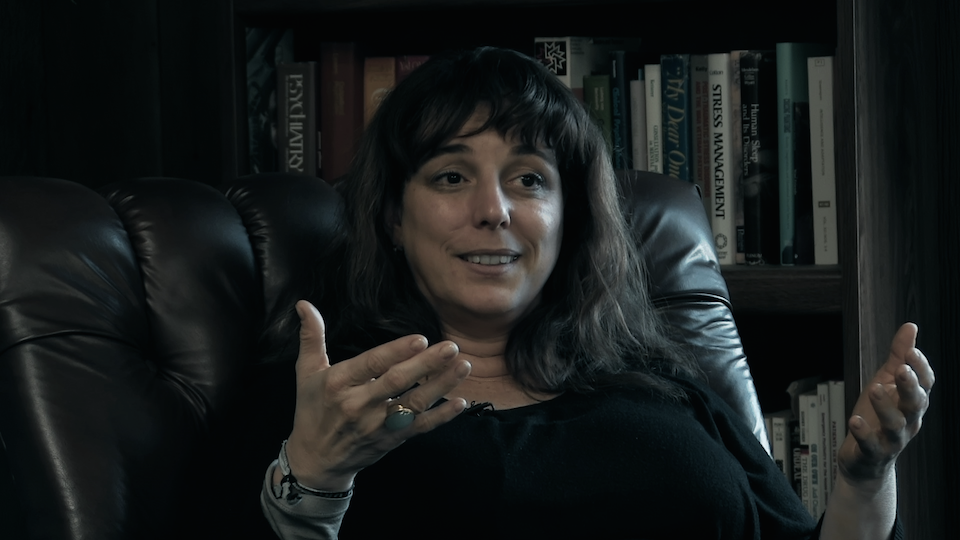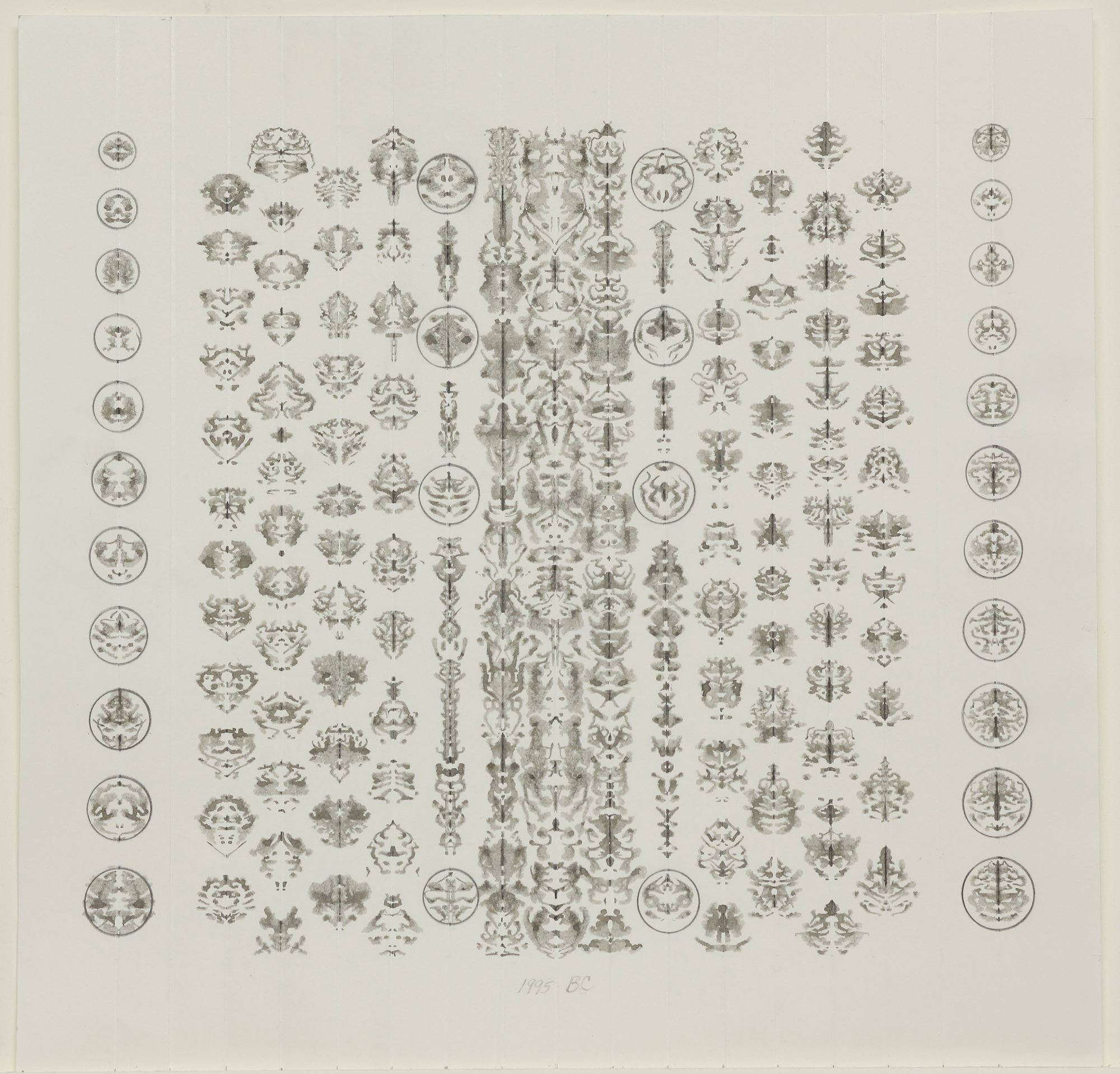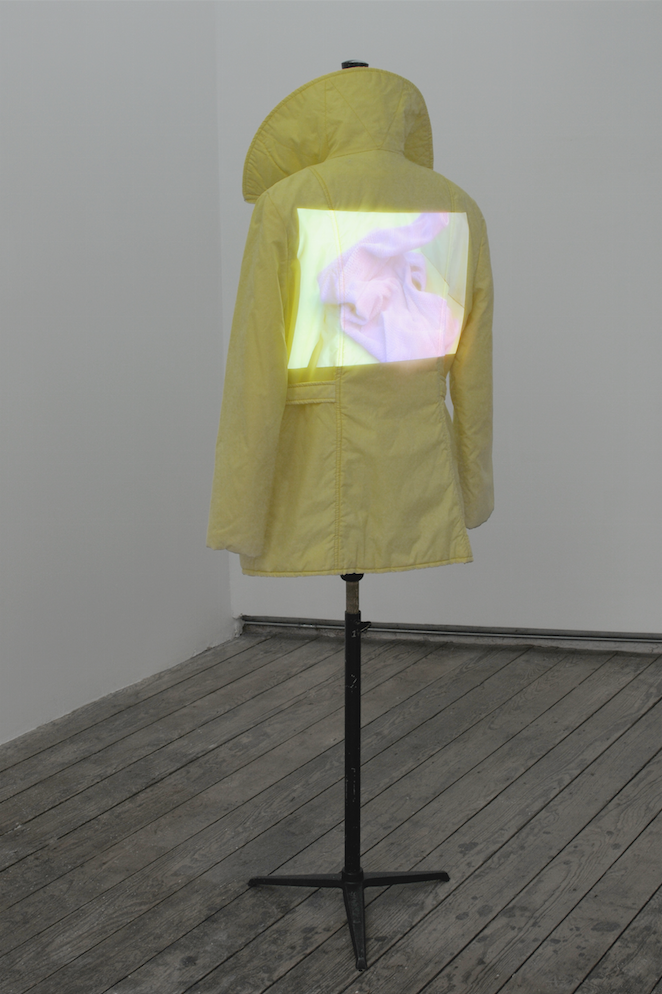Behold These Glorious Times!
2017 - Film & Video (Film & Video)
10:02 minutes
Trevor Paglen
Trevor Paglen’s ongoing research focuses on artificial intelligence and machine vision, i.e. how computers and other forms of technology can “see” and use visual data. Behold These Glorious Times! brings together hundreds of thousands of images and flashes them on the screen with dizzying, yet hypnotic, rapidity over the course of twelve minutes. As we learn, these photographic images are taken from training libraries used to teach artificial intelligence networks to recognize objects, faces, expressions, and actions in order to automate human emotions and expressions. Further, as the video progresses, the images begin to break down into more and more basic forms: black and white grids, subtle arrays of shading. In order to recognize images, AI is taught to break apart each picture, analyze its most basic parts, and then make sense of the whole. This alternatively numbing and captivating process is accompanied by an operatic soundtrack (composed by electronic musician Holly Herndon) which, itself, is a product of algorithms: the sounds are pulled from an auditory training library that will teach machines how to recognize human speech. As Paglen explains, when artificial intelligence is being taught how to see, it is fed batches of thousands of images that are sorted into various groupings known as “training sets.” This is what humans look like (note: African-Americans have been mistaken for gorillas); this is what doctors and nurses look like (note: computers readily conclude that doctors are always male and nurses always female based on the data they’re given); this is what a woman wearing a burqa looks like (note: apparently humans can get this wrong as well, so who knows). While there is already enormous bias in the images that we see around the world, we, as humans, have the capacity to critique our own views and try to expand our own “training sets” to challenge our visual stereotypes. While AI itself will not have the same capacity for self-reflection, the real question is whether its programmers and creators will make room for these debates. Power increasingly belongs to those who control this digital output Paglen calls “invisible images.” The basic challenges faced by AI vision will have wide-reaching consequences.
Trevor Paglen’s work combines the knowledge-base of artist, geographer and activist. He is primarily concerned with “learning how to see the historical moment we live in and developing the means to imagine alternative futures.” Through unique processes like long distance photography, and conducting research like an investigative journalist, Paglen has presented artworks that live at the very edge of the known and the possible, in the zone of facts-stranger-than-fiction. He’s contributed research and cinematography to the Academy Award-winning film Citizenfour , and created a radioactive public sculpture for the exclusion zone in Fukushima, Japan. He is the author of five books and numerous articles on subjects ranging from experimental geography to military symbology, from the CIA’s extraordinary rendition program to machine-made images.
Colors:
Related works of genres: » artists from the san francisco bay area, » american conceptual artists

© » KADIST
Amy Balkin
2012Data mining is a computer software process that can involve the neutral or benign analyzing of internet data for patterns, however, it can also imply the more sinister activities of surveillance or subject-based information gathering...

© » KADIST
Ari Marcopoulos
1998A photograph of a tin box full of marijuana simply titled Green Box, speaks to the constantly changing status of the substance–once taboo or illicit, now a symbol of a growing industry in Northern California...

© » KADIST
Felipe Dulzaides
2006I Am Cuba— “Soy Cuba” in Spanish; “Ya Kuba” in Russian—is a Soviet/Cuban film produced in 1964 by director Mikhail Kalatozov at Mosfilm...

© » KADIST
Lutz Bacher
2016Sweet Jesus is a sound installation by Lutz Bacher that consists of a found recording of James Earl Jones’ iconic voice reciting biblical genealogy from Matthew, Book 1...

© » KADIST
Lynn Hershman Leeson
2016Tania Libre is a film by Lynn Hershman Leeson centered around renowned artist Tania Bruguera and her experience as a political artist and activist under the repressive government of her native Cuba...

© » KADIST
John Baldessari
1991The voids in Baldessari’s painted photographs are simultaneously positive and negative spaces, both additive and subtractive...

© » KADIST
Bruce Conner
1995Bruce Conner is best known for his experimental films, but throughout his career he also worked with pen, ink, and paper to create drawings ranging from psychedelic patterns to repetitious inkblot compositions...

© » KADIST
Glenn Ligon
2000Glenn Ligon’s diptych, Condition Repor t is comprised of two side-by-side prints...

© » KADIST
Lynn Hershman Leeson
2017Using the seminal 1958 film Vertigo as a launchpad, Lynn Hershman Leeson explores the blurred lines between fact and fantasy in VertiGhost , a film commissioned by the Fine Arts Museums in San Francisco...

© » KADIST
Barbara Bloom
1997In the 1980’s, while browsing Parisian fleamarkets, Barbara Bloom stumbled into an anonymous watercolor (dating to around 1960) in one of Paris’ fleamarkets, probably a study made by an interior designer for a bedroom...

© » KADIST
Bruce Conner
2008Unlike many of his earlier films which often present poignant critiques of mass media and its deleterious effects on American culture, EASTER MORNING , Conner’s final video work before his death in 2008, constitutes a far more meditative filmic essay in which a limited amount of images turn into compelling, almost hypnotic visual experience...

© » KADIST
Matthew Buckingham
2002Matthew Buckingham presents a narrative directly connected with a highly symbolic site in the United States, the Mount Rushmore Memorial*...

© » KADIST
Félix González-Torres
1992Behind the simplicity and beauty of this untitled photograph of a brilliantly-colored flowerbed by Félix González-Torres are two remarkable stories of love, loss, and resilience...

© » KADIST
Sergio De La Torre
2011This is not in Spanish looks at the ways in which the Chinese population in Mexico navigates the daily marginalization they encounter there...

© » KADIST
John Baldessari
1997In One Must , an image of a pair of scissors, accompanied by the words of work’s title, poses an ominous question about the relationship between the image and the text...

© » KADIST
Cheryl Donegan
2013Fashion is the focus of Blood Sugar , which consists of a video projected onto a vintage vinyl jacket set at torso height on a dressmaker’s dummy...




